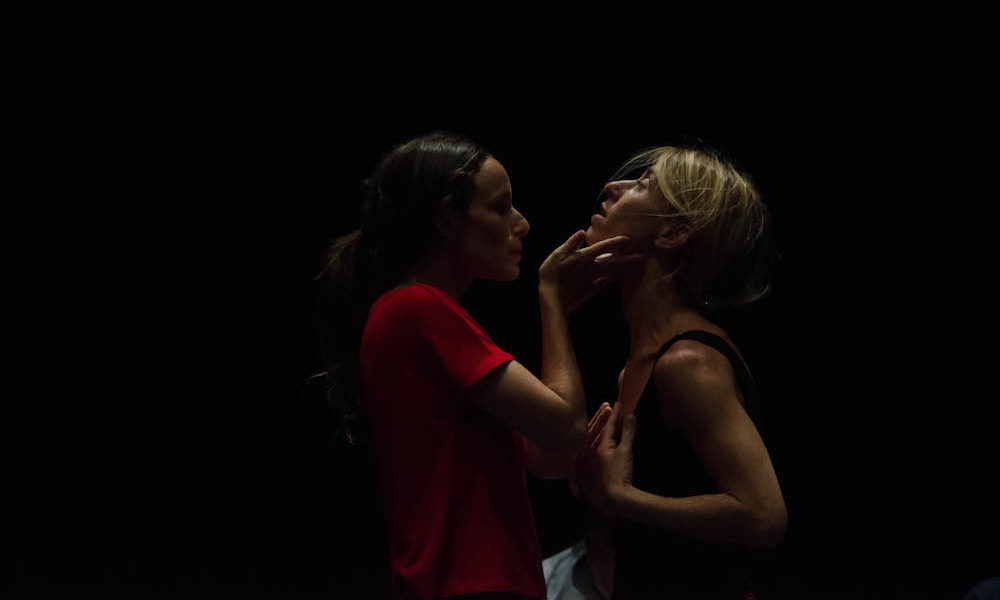Channels of Communication (and the joy they bring when opened) by Ori Lenkinski

originally published in Hebrew in Haaretz
“Mek.”
Says my one-and-a-half-year-old.
“Mek. Mek. Mek.”
“Make what?” I scramble. “Make pasta? Make ptitim? Make rice? Make dinner?”
“Mek.” She answers.
I take her with me to the kitchen. She continues with the mantra of “Mek.Mek.Mek.” I continue offering her to make things. I realize we are at an impasse. I have no idea what “mek” is and she doesn’t have any other words to explain it.
Three days later, while visiting my parents, my mother opens the refrigerator door and, from across the room, my daughter starts to cheer “Mek. Mek. Mek.” As she runs to the fridge, pointing determinedly, it clicks.
Mek. Milk. Milky.
She wants a Milky.
Before I know it and with no regard for the fact that it’s two-minutes-to-dinner, I reach for the Milky and, in one foul swoop, tear the lid off, grab a teaspoon and place it down, triumphantly, in front of the little one. We are both so happy, so relieved to have found a successful channel for communication, we sit there, chanting “Mek” over and over as she covers her face and shirt in the thick, chocolate pudding.
Parenting a small child is, for the most part, a non-verbal act. That is to say, we offer up a lot of words and get none in return. When they cry, we brainstorm aloud what could be bothering them. “She’s tired, she’s hungry, her diaper, teething, hot, cold…” and so on and so forth. We ask them “are you ok? What is it?” with the full knowledge that they don’t have the words to let us in on their experience.
The lack of language makes parenting small children a guessing game and an exercise in acknowledging physical cues. It’s a lot of trial and error, a lot of looking, listening, feeling, intuiting.
When, at a year and some, that channel of communication starts to open, it is exhilarating for all involved.
Last weekend, a project I am participating in as a dancer met an audience for the first time. The context was the Suzanne Dellal Center’s Process/Talks, an informal showing in which audiences watch four works-in-progress and then participate in a feedback session led by an established dance artist. During the conversation following the presentation, the concept of channels of communication came up, this time in regard to choreographers and their audience. In this session, the words I use to describe raising my small child such as physical, intuition, listening and feeling came up in a different context. The audience members felt as I had faced with “Mek”, they knew there was content in the pieces of choreography they were watching but had a hard time understanding what the artists meant.
As an audience member for many dance performances, I often feel the same thing I do in the face of my child. I see that the performers are trying to communicate with me, that what they are saying is important to them but I can’t understand them. It’s like walking around in a foreign country. People speak, they gesticulate, they clearly know what they’re talking about, but if the language isn’t one I understand, I can only pick up on very select bits and pieces.
Similarly to parents and children, the audience and the performer both very much want to understand each other. “I think I understood or I didn’t get it” are the most common post-show comments I hear amongst the crowd.
Finding a way to open a channel of communication in performance, especially using a largely non-verbal form such as dance, is tricky yet crucial. Leaving words aside, this channel can open using a variety of different conduits; it can be in feeling, in energy, in sensation, in narrative or associations. But when it opens, it is a beautiful moment.
Because, at the end of the day, performance is a practice of communication, just like parenting. And when communication succeeds, it allows for connection.
